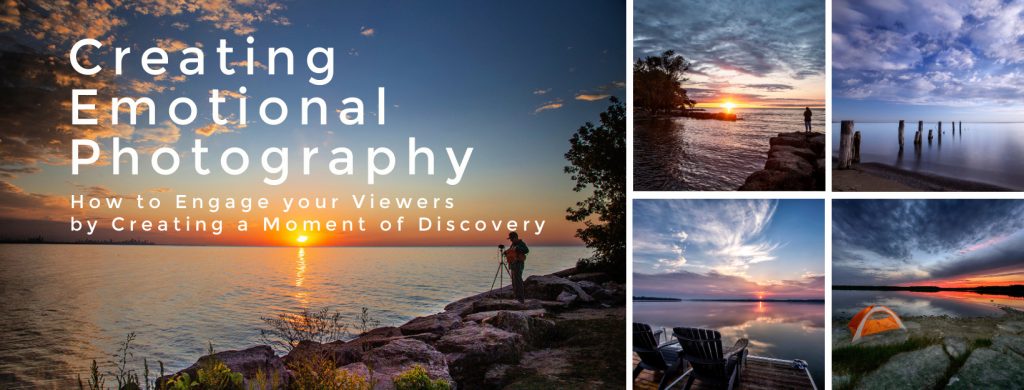
Creating Emotional Photography
Photography has always been a hobby of mine, even at an early age. I was born in England, lived in Austria and Yugoslavia before finally coming to Canada with my parents at an early age. All of this travelling around gave me an appetite for travel and adventure at a very young age. Then over the course of a number of years I became really interested in landscape and travel photography. Having worked with Canon Canada for the last 14 years as National Manager of large format printing, it gave me the opportunity to travel much of Canada and USA and photograph different parts of the country. Whenever vacation time would come up, I would travel to other destinations further away. Iceland, Italy, Spain, Portugal, Israel, and the Caribbean being some of my favorites.
What is Emotional Photography?
A photograph can have a profound impact on a wide range of emotions for the person viewing it. One thing that makes a great photo is its ability to convey emotion. Landscape photography is very much about seeing into the soul of a place. When we begin to study photography, we learn that compositional techniques can make our images more pleasing to the eye and more quickly to be understood. But there’s more to this than just rules of composition. All of these techniques are certainly valuable and create a good starting place, but the key to great photography is to engage your viewers to look more deeply into your images and have a moment of discovery that makes them want to climb into your frame and explore the inside for themselves. Creating emotion with your landscape photography takes a little bit of time and patience and learning to see things in a new way.
In all my years of photographing landscapes, I have been on a path of constant learning and it’s not just about “practice makes perfect” in the sense of shooting thousands of photos. It’s about developing a story that draws your viewer into your frame. It engages your viewer emotionally and draws them into your artistic expression. Composition allows you to express your artistic viewpoint and vision (rather than just taking a “Happy Snap” as my Sheridan College professor used to say.) For me, the mark of a truly great landscape photograph is one which stirs the emotions.
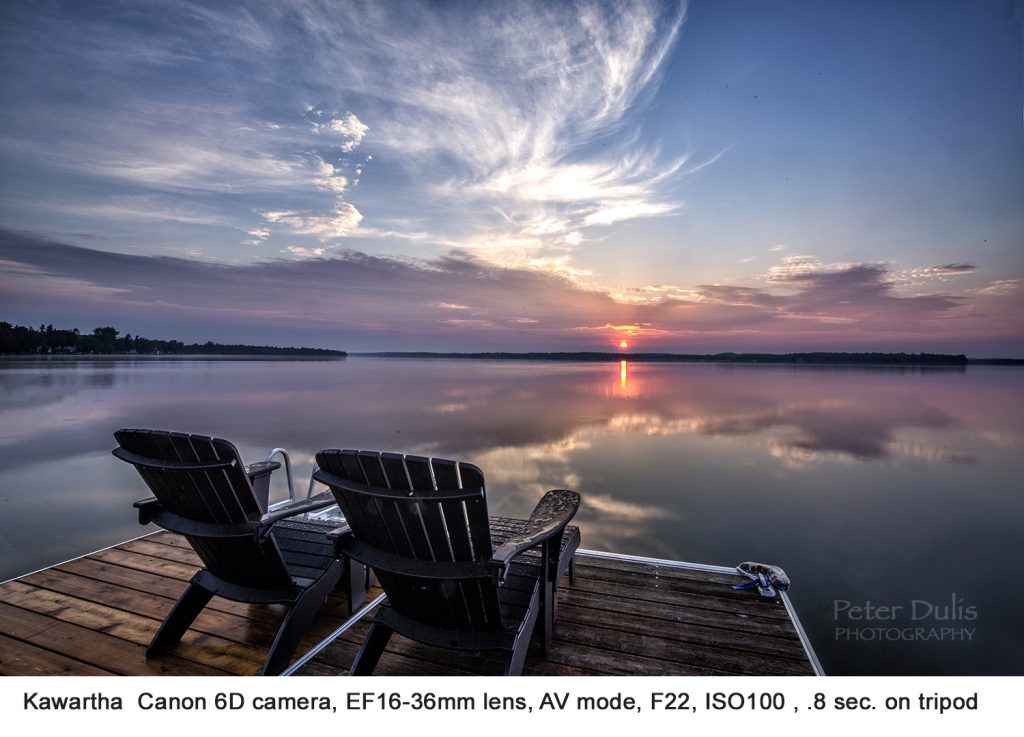
How to capture emotions
Developing Your Style
Everyone sees the world in their own unique way, and that’s the foundation of developing your own personal style. Style is like a fingerprint, it’s the personal aspect that makes your work uniquely you. It’s important to find your style and continue to develop it, not just for your personal taste, but for helping your work stand out in the crowd. Examples of personal style may be that you concentrate on landscapes, street photography or maybe macro photography. It might be that all your photos have a certain coloring style that defines them. The use of lighting may be a unique feature or perhaps it’s how you arrange the elements within the frame. For some photographers their unique style may be found in their post-processing technique. It takes a while to develop your own style, but it should express something about who you are.
Capturing the Mood
Have you ever taken a photo and felt the thrill that something special had been captured? You just have a sense that you’ve uncovered a moment in time and captured it in a state of emotional euphoria. As an example, think of a beautiful sunset photo with a bright orange sun descending over the lake behind the forest trees. It’s beautiful for sure, but what happens when you zoom back to a wider angle and show a couple in silhouette holding hands as they watch the sunset go down. That’s emotional photography. That romantic mood of the couple adds emotion to the photo. It’s important to capture the moment of where you are and realize that this emotion will likely come through in your photography.
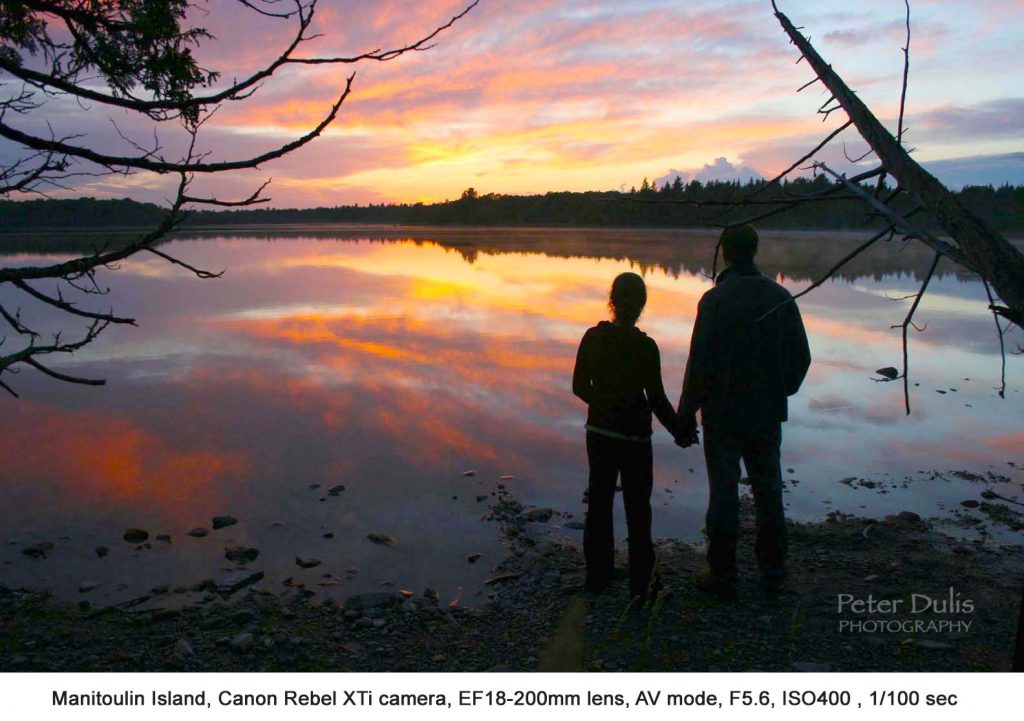
Minimalist photography
I love storytelling images filled with emotional details, yet it’s often a simple uncluttered photo that has an emotional impact. Such is the evocative power of minimalistic photography. Keeping it simple doesn’t mean it has to be boring. It’s all about careful observation and capturing the moment. Because the photo frame will contain a lot of negative space, it’s important to think about the nature of your subject, and how its relevance in the frame will create an emotional impact.
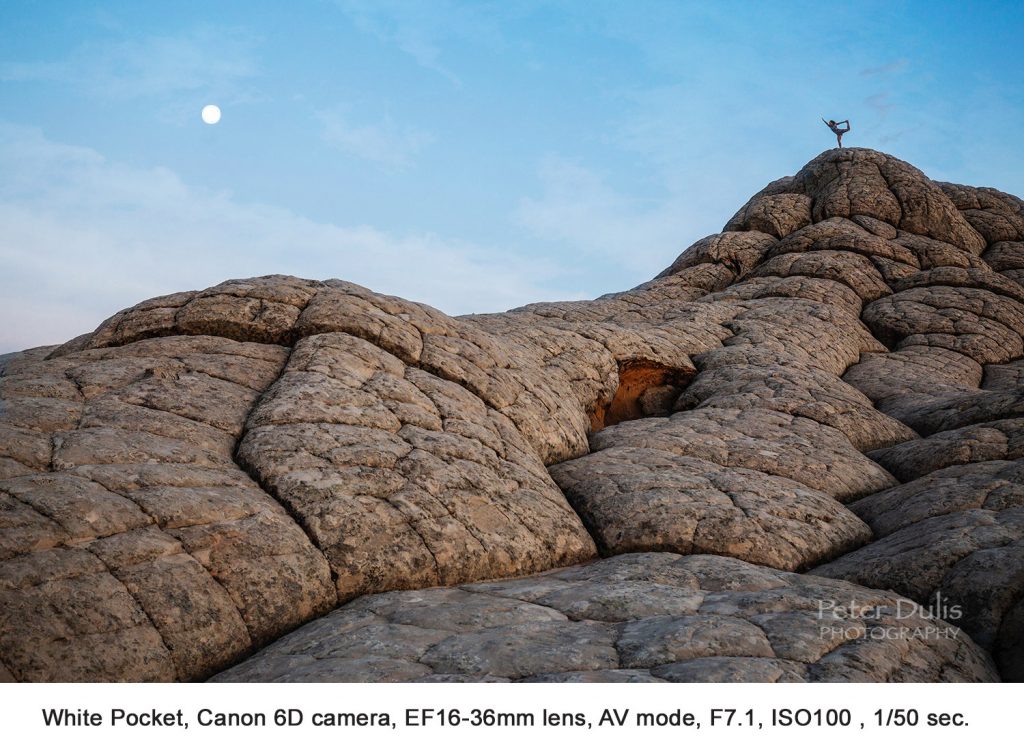
How Adding a Human Element Changes Emotion
When you think about landscape photography, you most likely think about wonderful sunsets, shimmering lakes and sweeping vistas. But in order to have an engaging photograph, it needs to connect with its viewers on some emotional level. It could be any range of human emotions, but there needs to be an emotion attached to the image. If the viewer feels like they could step right into the scene and want to be there, then you have an engaging photo. You don’t always need people in your landscape photos, but often it helps.
People, birds and animals can add emotions to your photos. I love to get people into the shot, not as the main subject, but to give the photo a sense of scale and emotion. A cliff jutting out into the lake or ocean becomes so much more meaningful if a person just happens to be standing on the cliff. It creates a feeling of awe and contemplation, and tells a story.
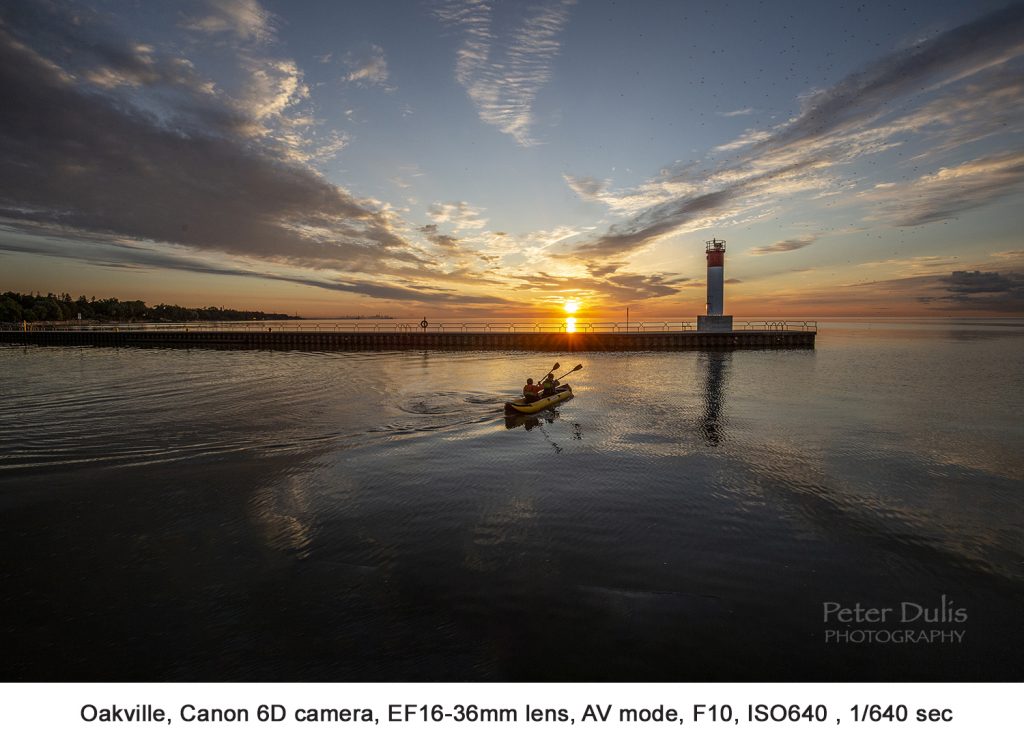
Research & Preparation
Ansel Adam once said that “There is nothing worse than a sharp image of a fuzzy concept.” I think what has changed my photography most over the years is the focus I put on planning and preparing ahead of time for my photography. Research is critical to creating a great photo. To be at the right place at the right time takes a lot of prep work. Sometimes you might get lucky when shooting and serendipity comes into play, but it’s better to start with a vision already in your mind. Google Maps is very helpful for photographers to scout out locations. The 3D renditions of the earth surface are very helpful. The Photographer’s Ephemeris (TPE) is also a great app that I use to plan outdoor photography shoots. TPE is a map-centric sun and moon calculator that lets you see how the light will fall on the land, be it day or night, for almost anywhere on earth. Once I know the location that I want to explore, I will use google research to find images of the area. The right light is fundamental to evoke emotions in landscape photography. Think about what kind of light will fit best with that landscape and make a plan to return to the scene when the light is right.
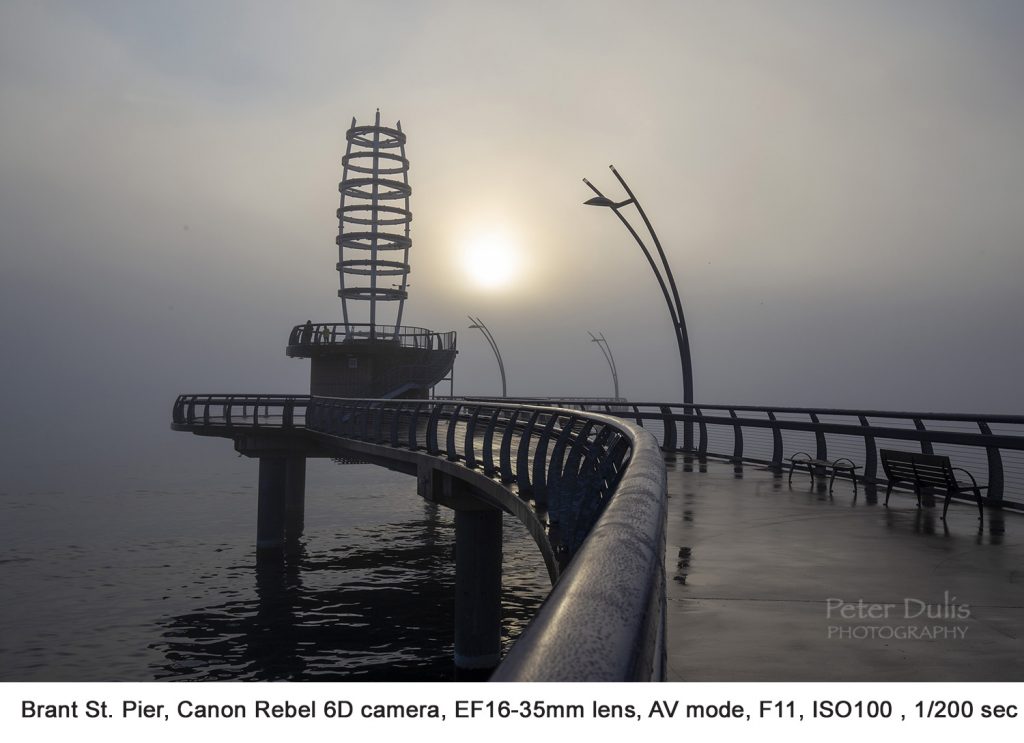
Post-Processing
Photography is a bit like an art medium and the raw photo files are like a canvas upon which you paint. In essence, you become a digital painter where post processing plays an essential part. Good post-processing can bring out the character and emotions of a landscape transforming a good photo into a great one. So, it’s important to know how to edit your images once you get them home. It’s not within the scope of this article to explain all the techniques that can be used in either Photoshop or Lightroom software programs, but one filter set I love to use is the NIK Collection by DxO. The Nik Collection is a suite of eight powerful photo-editing plug-ins for Adobe Photoshop and Lightroom that helps photographers take their images to the next level. Easy to use effects and great black & white conversions allow for fabulous mood effects.
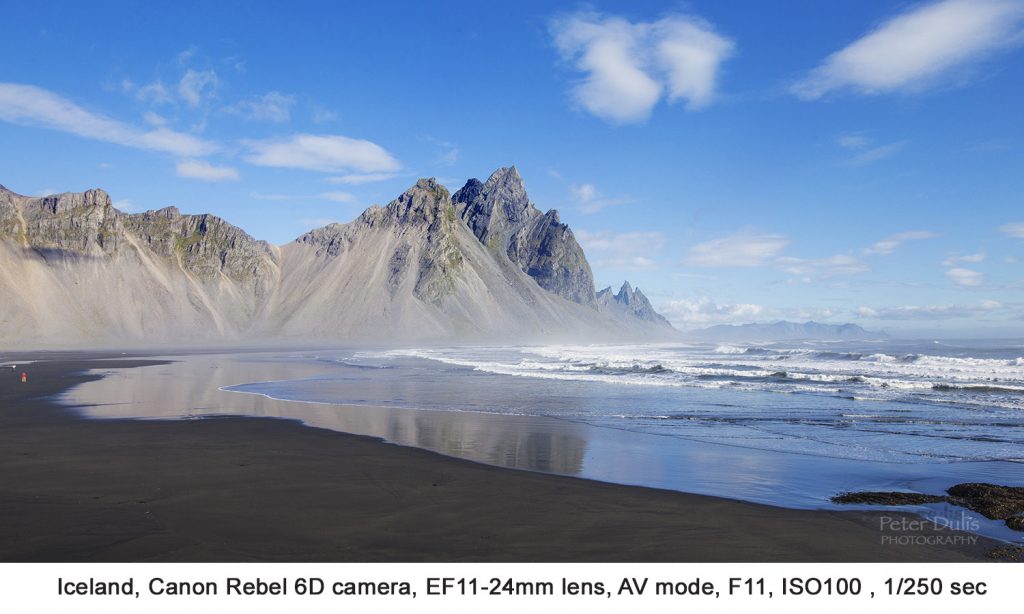
Conclusion
Learn to build your own style and vision. In a way, my life has become my photographic style. Wherever I go, I automatically think of what can I capture that is unique in this area, whether it be landscape photography or aerial photography with my drone. Hopefully this article will help you to build on and refine their own photographic identity and bring out the emotion that draws viewers.
I hope you find these tips useful and welcome you to visit my website for more informative information – www.photographyadventures.ca
PETER M DULIS
Is a Canadian based landscape photographer and travel enthusiast based in Toronto. His articles are featured and quoted by a variety of media outlets, both online and in print, including Luminous Landscape, Photo News, Visual Wilderness, TripAdvisor and Graphic Arts Magazine. Plus, you’ll find many of his own blogs under PhotographyAdventures.ca and PeterDulisPhotography.com.
FREE E-Book OFFER:
Travel & Photography Made EasyHere’s your chance to get your exclusive travel guide and photo tips in our 20 page e-book, along with regular travel tips delivered directly to your inbox.
- Discover amazing places to visit and how to photograph them (for non techie people)
With over 325,000 readers, TripAdvisor has hailed us as being “In the Top 1% of Popular Reviewers” plus “Top Photographer” – having visited over “90 Cities” – so here are our TOP 5 places to visit before it’s too late!


10 thoughts on “Creating Emotional Photography”
Wow, this article is good, my younger sister is analyzing these kinds of things, therefore I am going to convey her. Zita Sanderson Thurlow
Thanks Zita for dropping by and leaving this kind comment – stay tuned – there will be many more articles like this coming your way if you are subscribed to our newsletters 🙂
If you want to use the photo it would also be good to check with the artist beforehand in case it is subject to copyright. Best wishes. Aaren Reggis Sela
Not sure what you are referring to Aaren – the photos are all mine
Your photos are incredible! Wonderful tips here, thank you! As an amateur, I am always looking for advice on how to make my photos more impactful and eye catching.
Thanks Madelaine for visiting our site + glad the tips were helpful
Stay tuned for more to come 🙂
This topic is one of the reasons I am in photography because every time I take a photo I am thinking how can this make the viewer
React.,
I Saw you posted the Oakville Lighthouse
I enjoy capturing landscapes and I cannot think another way if nature like pictures
Thanks Daniel for your comments – I love that Oakville waterfront – keep shooting 🙂
fabulous
Thanks so much !